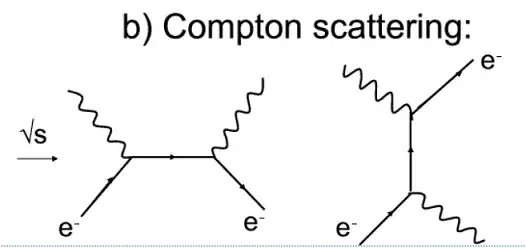Lets theoreticaly imagine completly stationary particle,like electron for example.Can photon,or photons shake it,or oscillate its position? By that I dont necesarily mean the center position must change,more like jumping up and down,cyclicaly attracted and repelled by electromagnetic field.
What I really want to know is,if there is plasma above solid surface,with charged atoms and electrons being in close proximity but not touching the surface,will photons from either coherent or incoherent light source smash them against the solid surface?
I know that in plasma due to thermal motion they are colliding with the solid surface all the time,but apart from this normal thermal motion,theoreticaly if it was near zero temperature plasma,will the photons grab the charged species with their EM field and smash them agaisnt the surface near the peaks of the EM field oscillation cycle?
If photons can indeed make the electrons shake with their oscillating EM field,is it only when they hit the electron or can electron start oscillating in this field without being directly hit with the photons just flying close to it?
How far away can the photons move the electron from its center position during the oscillating movement? Is it 1/4 of wavelenght? So 400nm photon could move it 100nm from center,is it more? Is it less? Does it depend on photon flux density?
If the electrons or charged atoms move around the photons,how fast they will go at the peak in eV units? Does it depends more on the number of photons or wavelenght of photons? Will for example a 10eV photons make the electron shake with peak speed of 10 eV?

